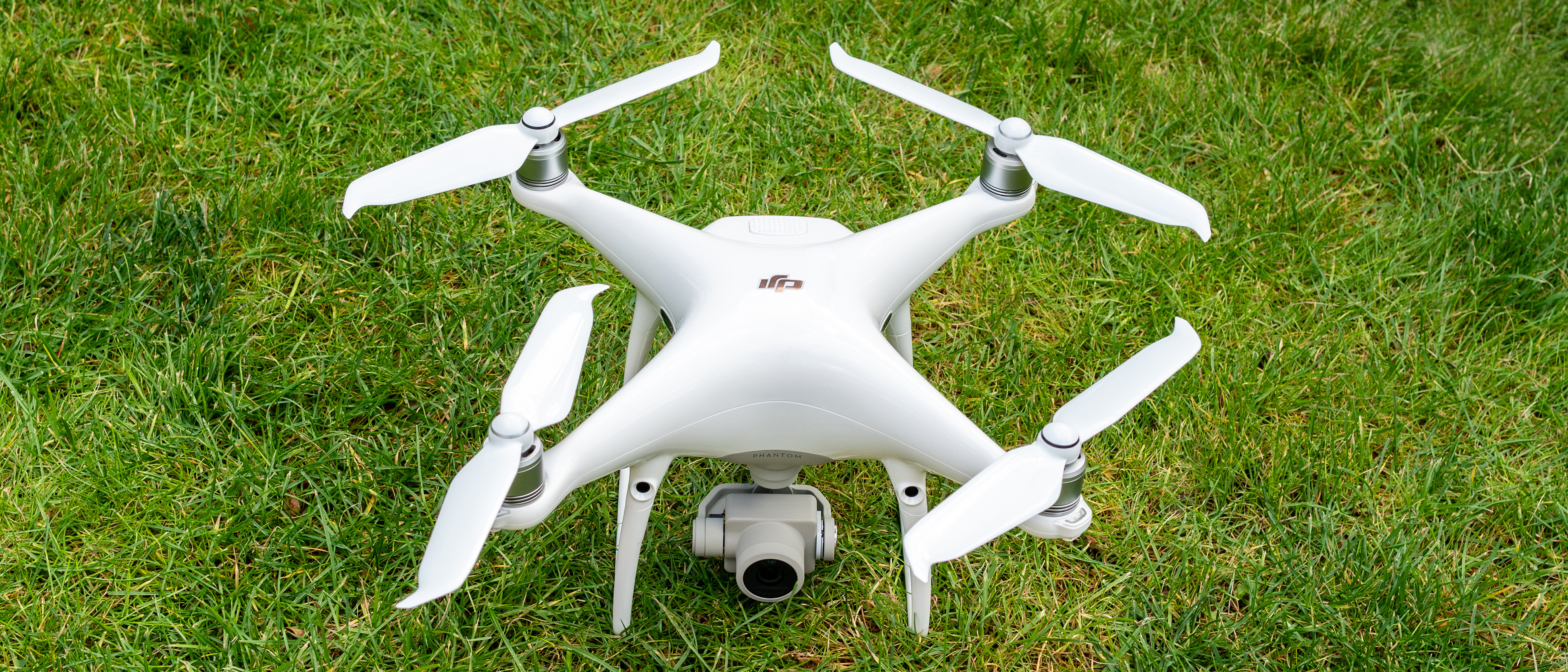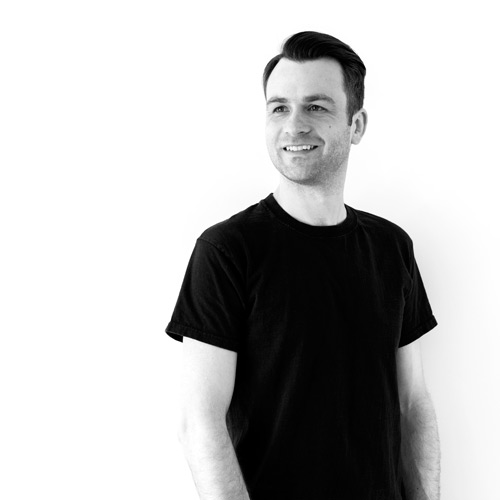TechRadar Verdict
The DJI Phantom 4 Pro V2.0 remains a highly capable drone for both stills and video production thanks to its 1-inch sensor, adjustable aperture, mechanical shutter and up to 4K/60p video capture. With speed, power and highly responsive controls, it's a great option for professional photographers and videographers, if far less convenient than the Mavic 2 Pro.
Pros
- +
Large 1-inch 20MP sensor
- +
Fast and powerful drone
- +
Shoots 4K/60p video at 100Mbps
Cons
- -
Pricier than the Mavic 2 Pro
- -
Large and bulky
- -
Longer setup than foldable drones
Why you can trust TechRadar
The DJI Phantom 4 Pro V2.0 is the most recent model in its Phantom series, which is the range that really lifted DJI into the stratosphere as the world leader in drones.
The Phantom 4 Pro V2.0 was announced back in 2018 and was a significant upgrade over the Phantom 4, bringing a host of professional features and improved flight technologies that include front, rear and downward visual sensors, as well as infrared sensors on the sides of the aircraft to provide obstacle sensing in five directions.
Thanks to its 20MP 1-inch sensor and ability to shoot video up to 4K video at 60fps, this is definitely a pro-level drone. Of course, it's not the cheapest or smallest model in DJI's range either, but all of these features, combined with its power and speed, mean it remains a compelling option for drone pilots.
- These are the best drones you can buy right now
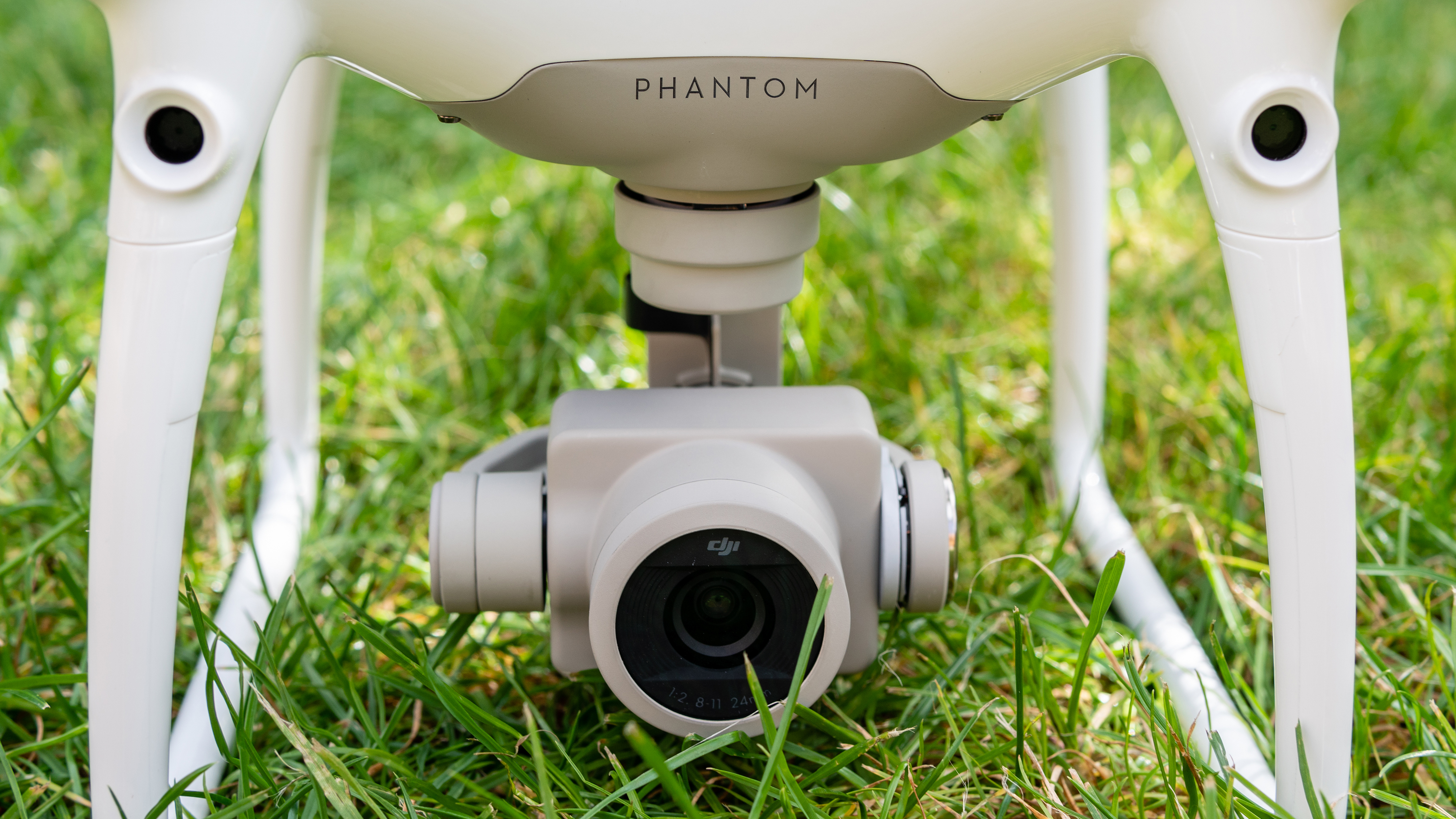

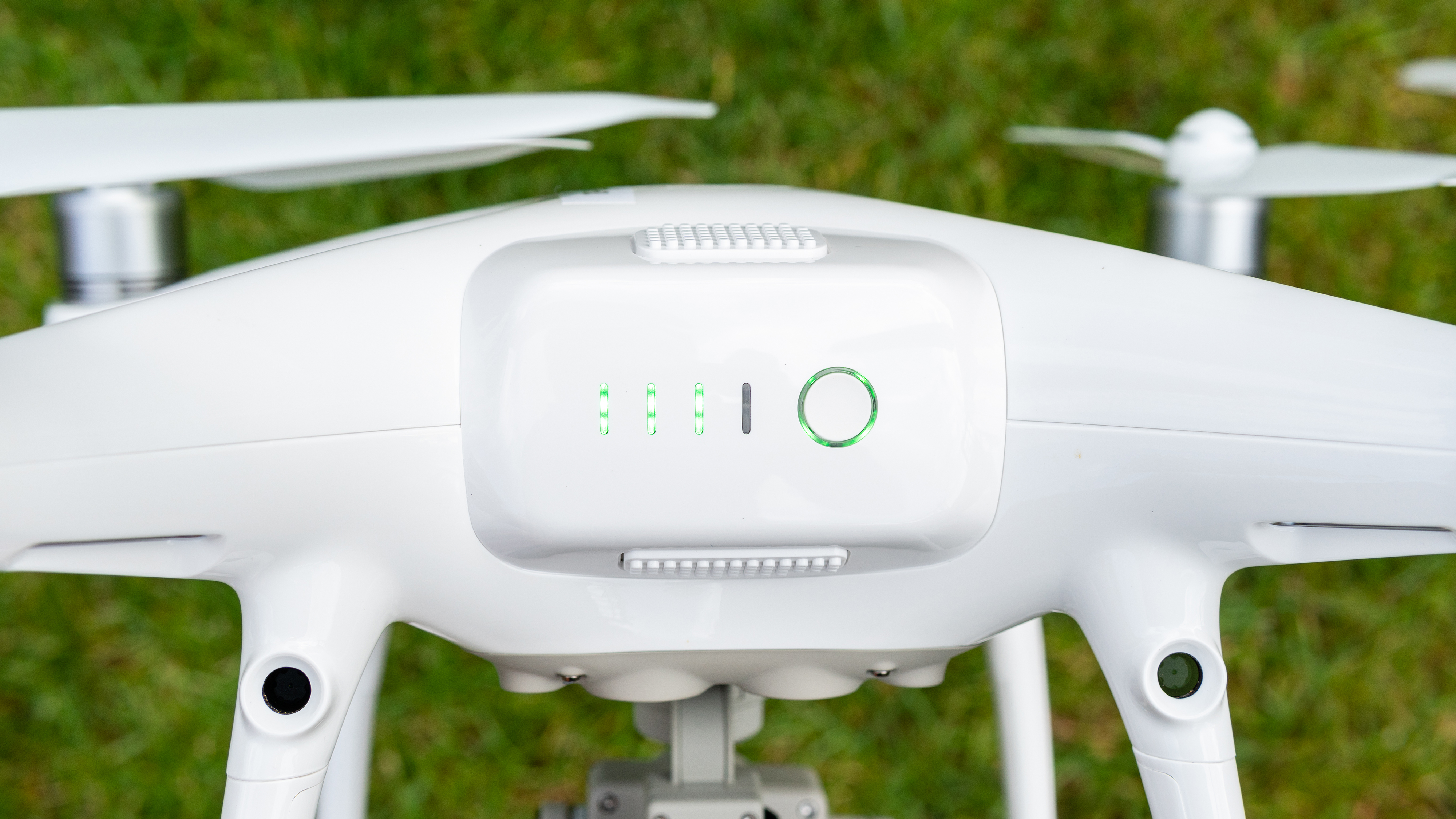
What other features are on board? A range of intelligent flight modes include three ActiveTrack modes: Profile, Spotlight and Circle. Plus, Draw mode allows you to draw a route for the aircraft to follow on a smart device running the DJI Go 4 app, while TapFly is a mode for flying backwards to capture aerial selfies.
These come on top of Sport (high-performance), Position (standard GPS mode) and Attitude (no GPS) modes, Gesture mode, Tripod mode, Course Lock, Home Lock and Beginner mode. In other words, It's certainly not short on flying modes.
For photographers and videographers, the Phantom 4 Pro V2.0's performance certainly doesn’t disappoint either.
The camera features a 20MP 1-inch sensor, capable of shooting impressive raw stills and 4K/60p video at 100Mbps video in the D-Log color profile.
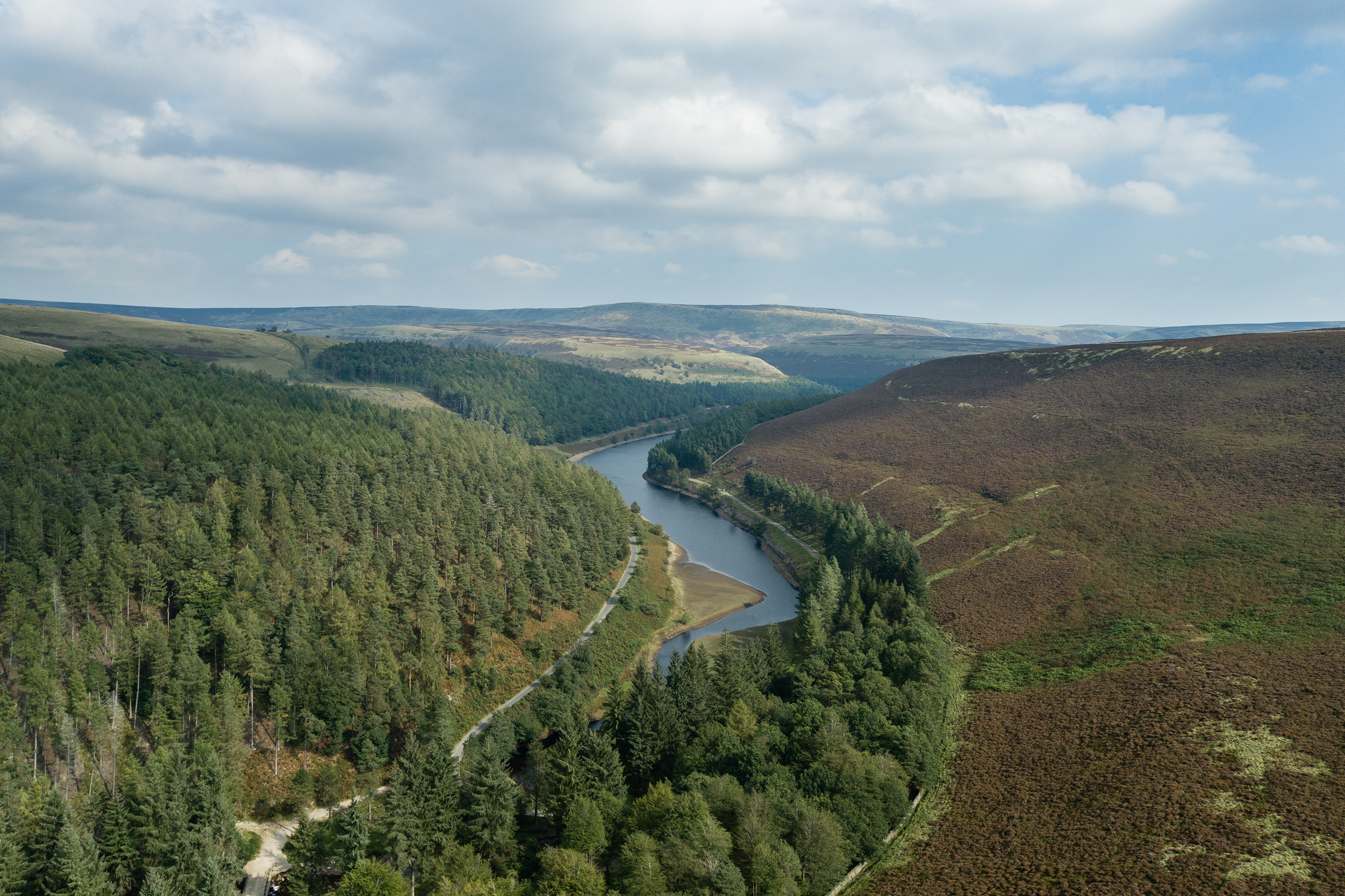
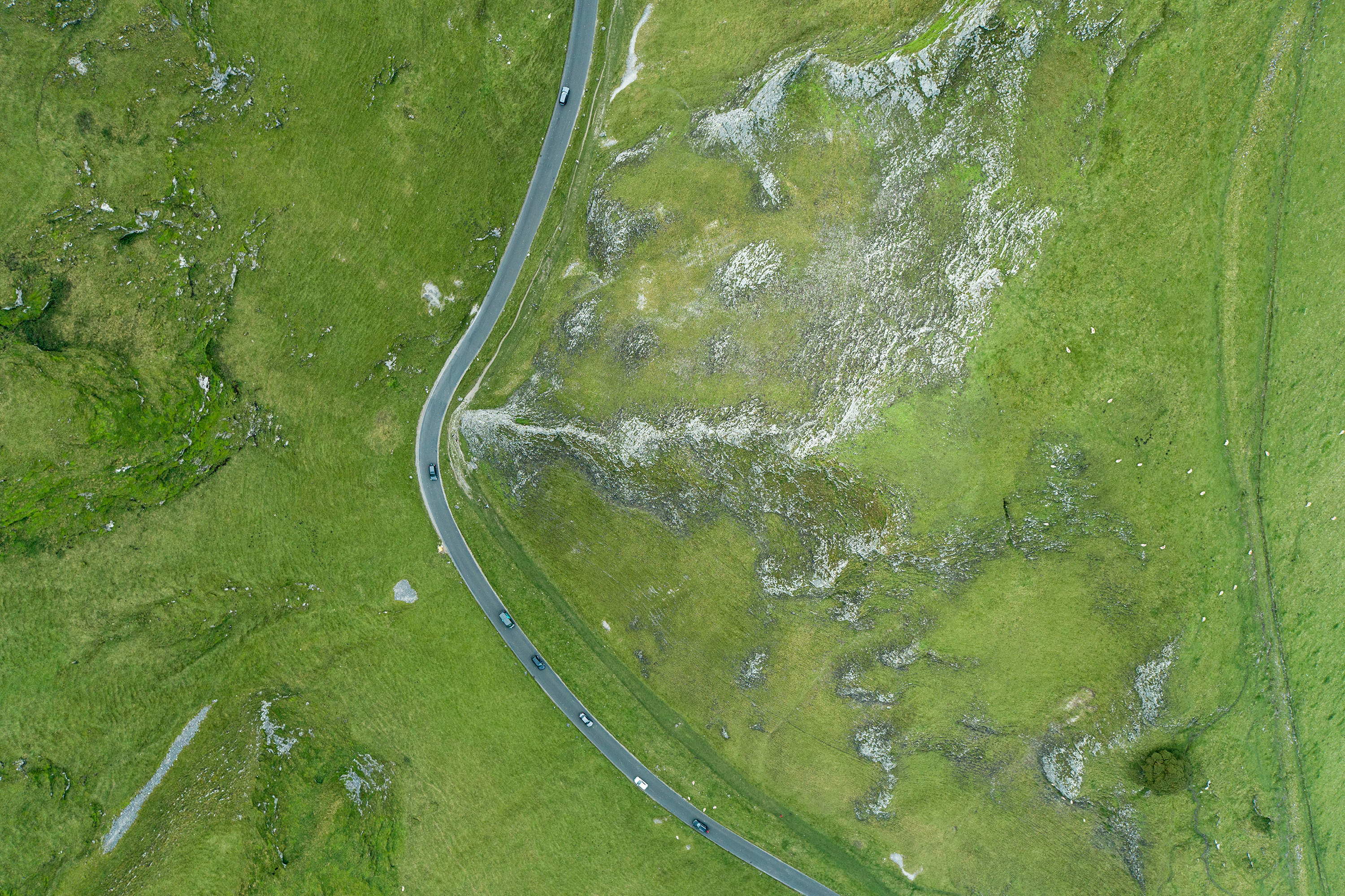

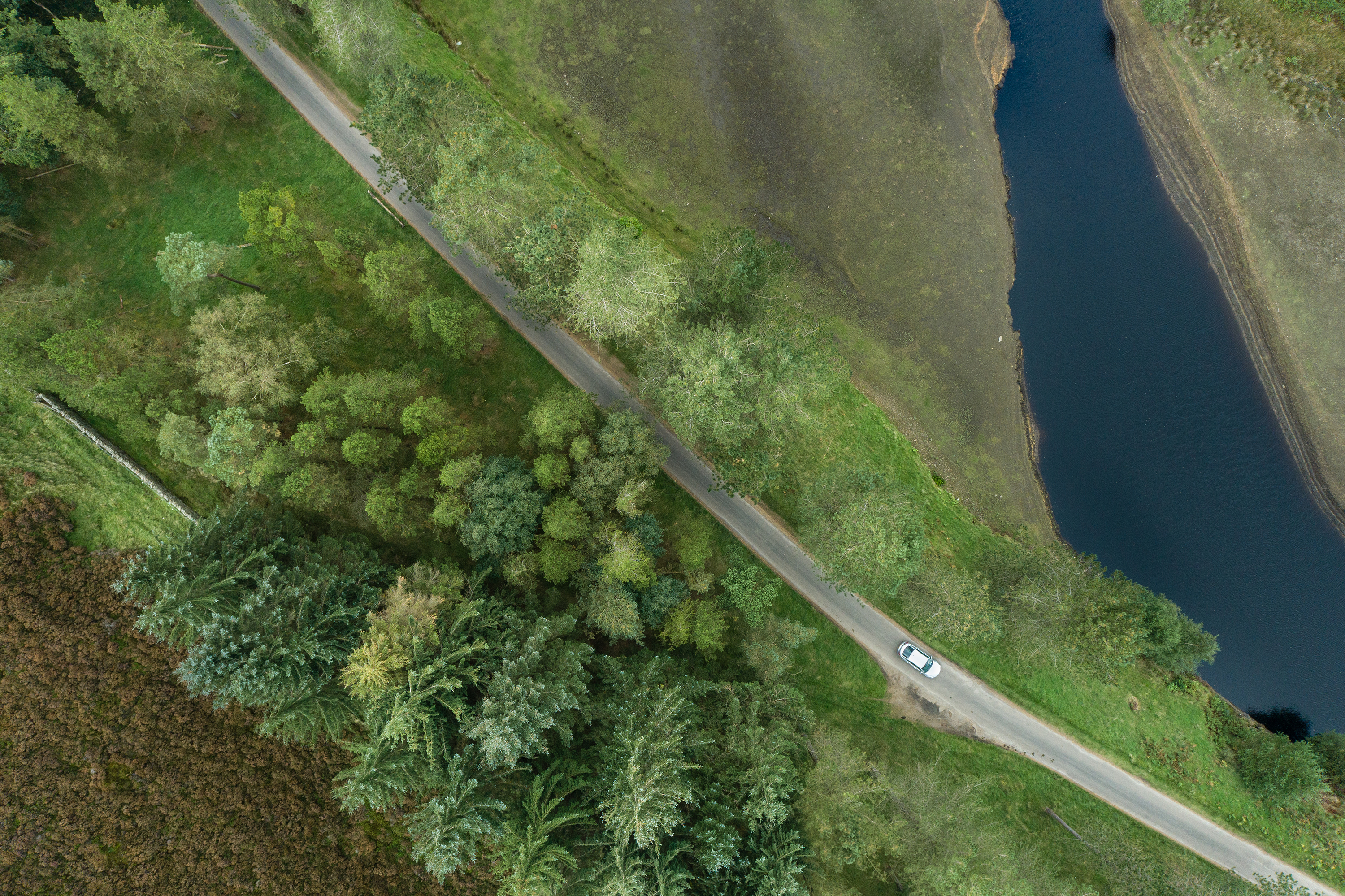
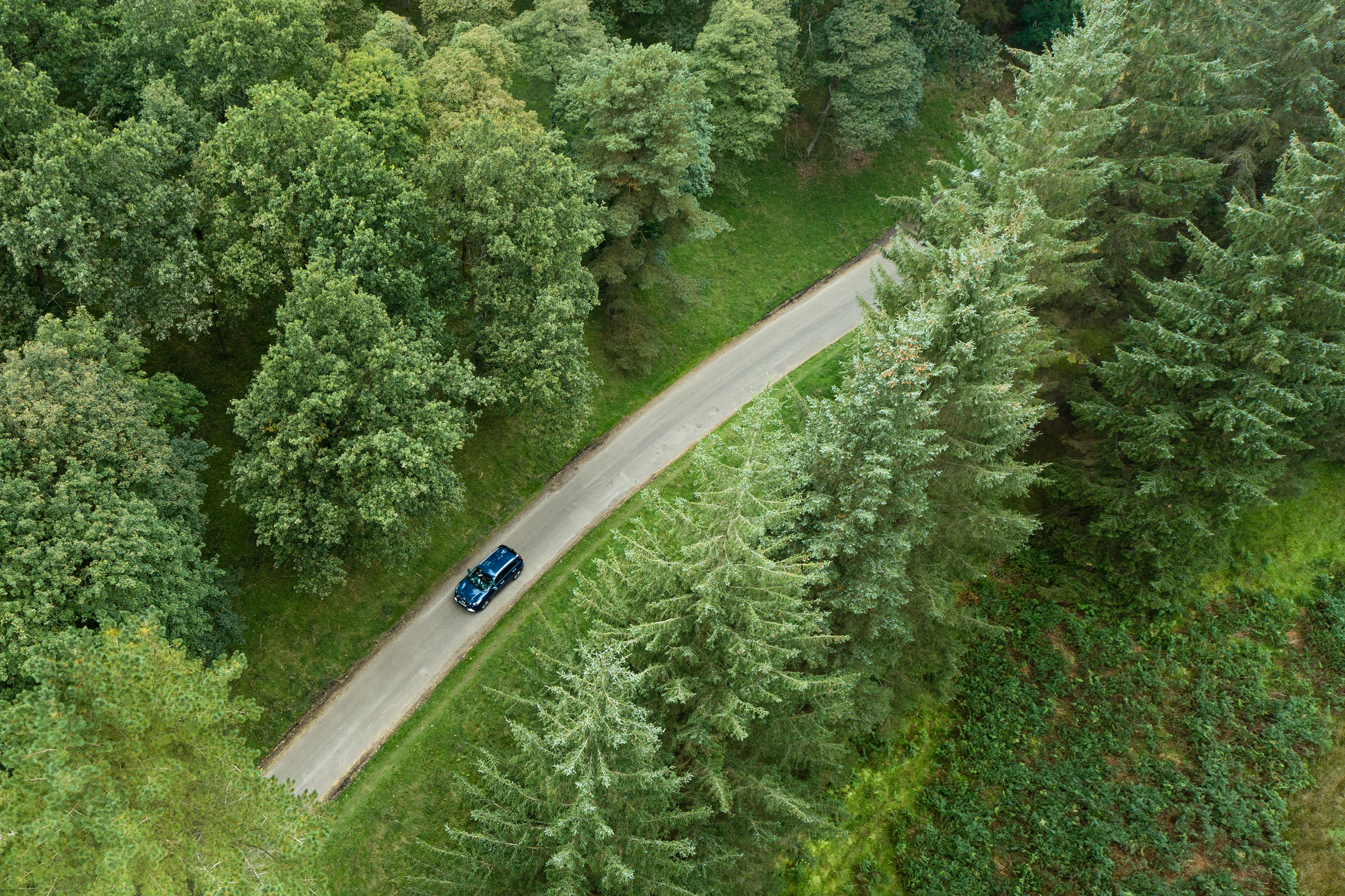
A mechanical shutter helps to provide natural-looking video that’s vastly better than a digital shutter because the problem of rolling shutter is eliminated, while an adjustable aperture of f/2.8-f/11 provides flexibility and control. Image quality for both stills and video is excellent, although like most drones with a 1-inch sensor or smaller, the best results are achieved at lower ISO settings.
The main issue with the Phantom 4 Pro V2.0, and one that’s going to be a dealbreaker for some, is the sheer size and weight of the aircraft.
At 1,375g with the battery and propellors installed, plus the 904g controller and 468g for each additional battery, carrying everything can be cumbersome.
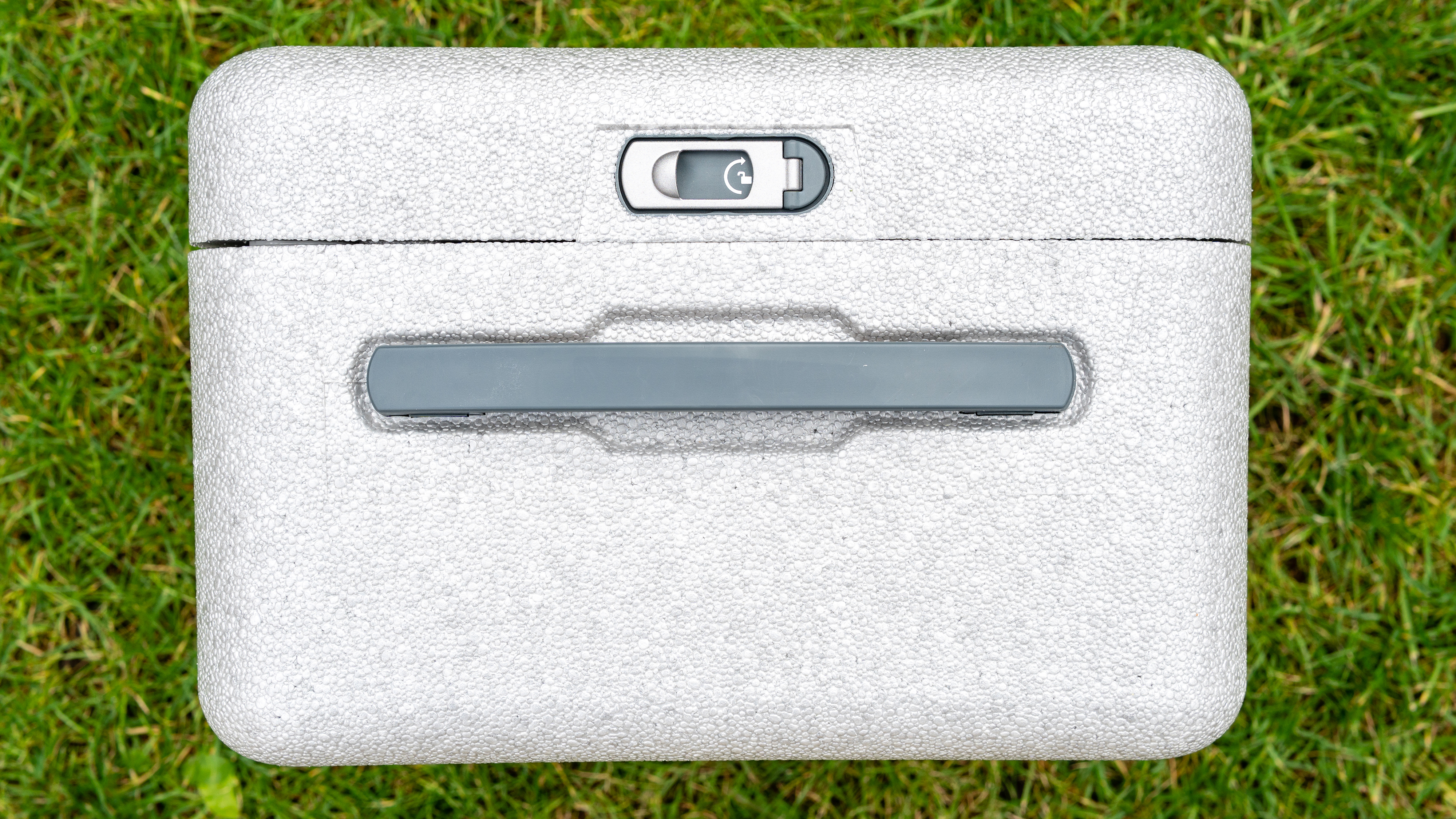
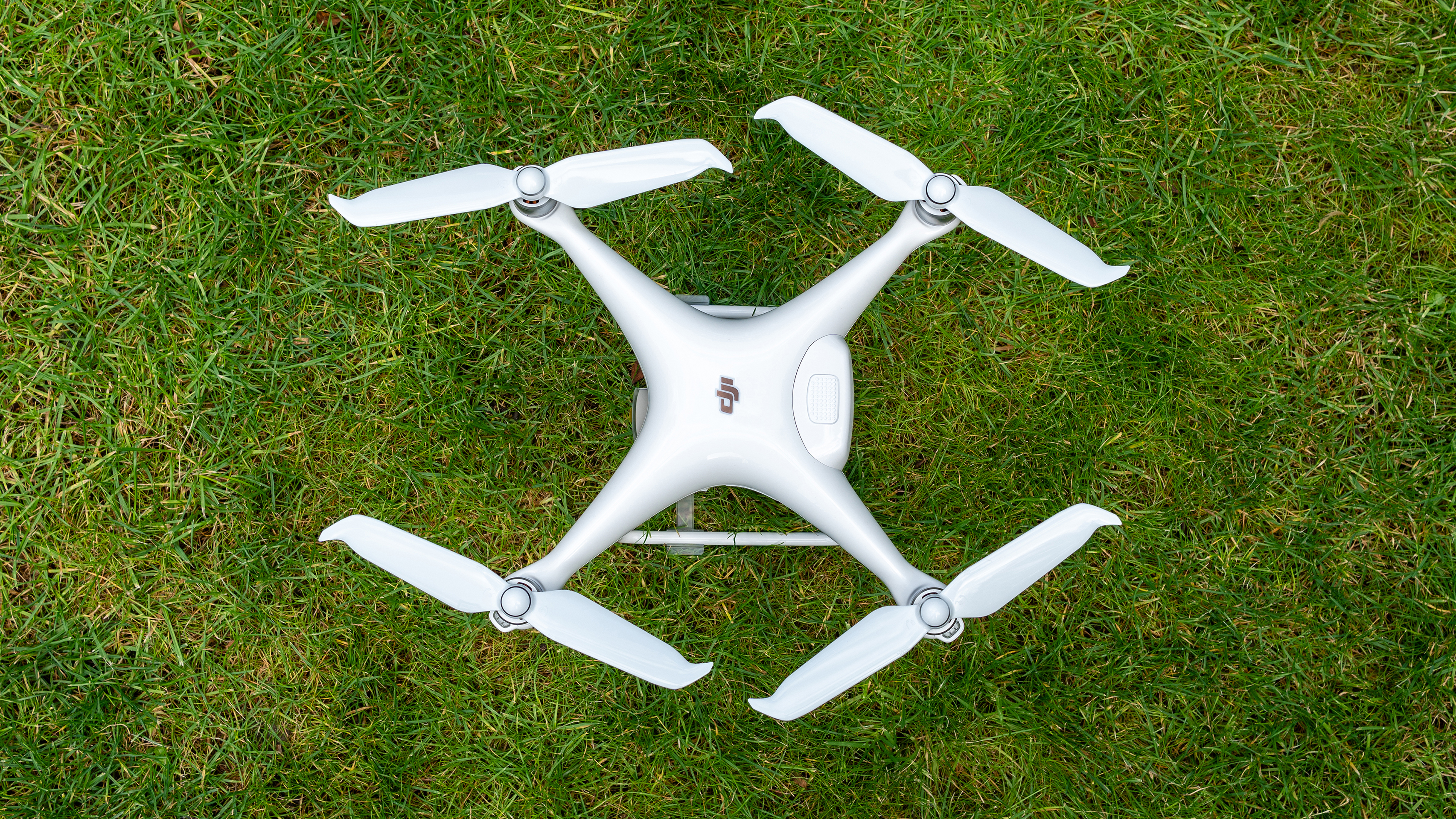
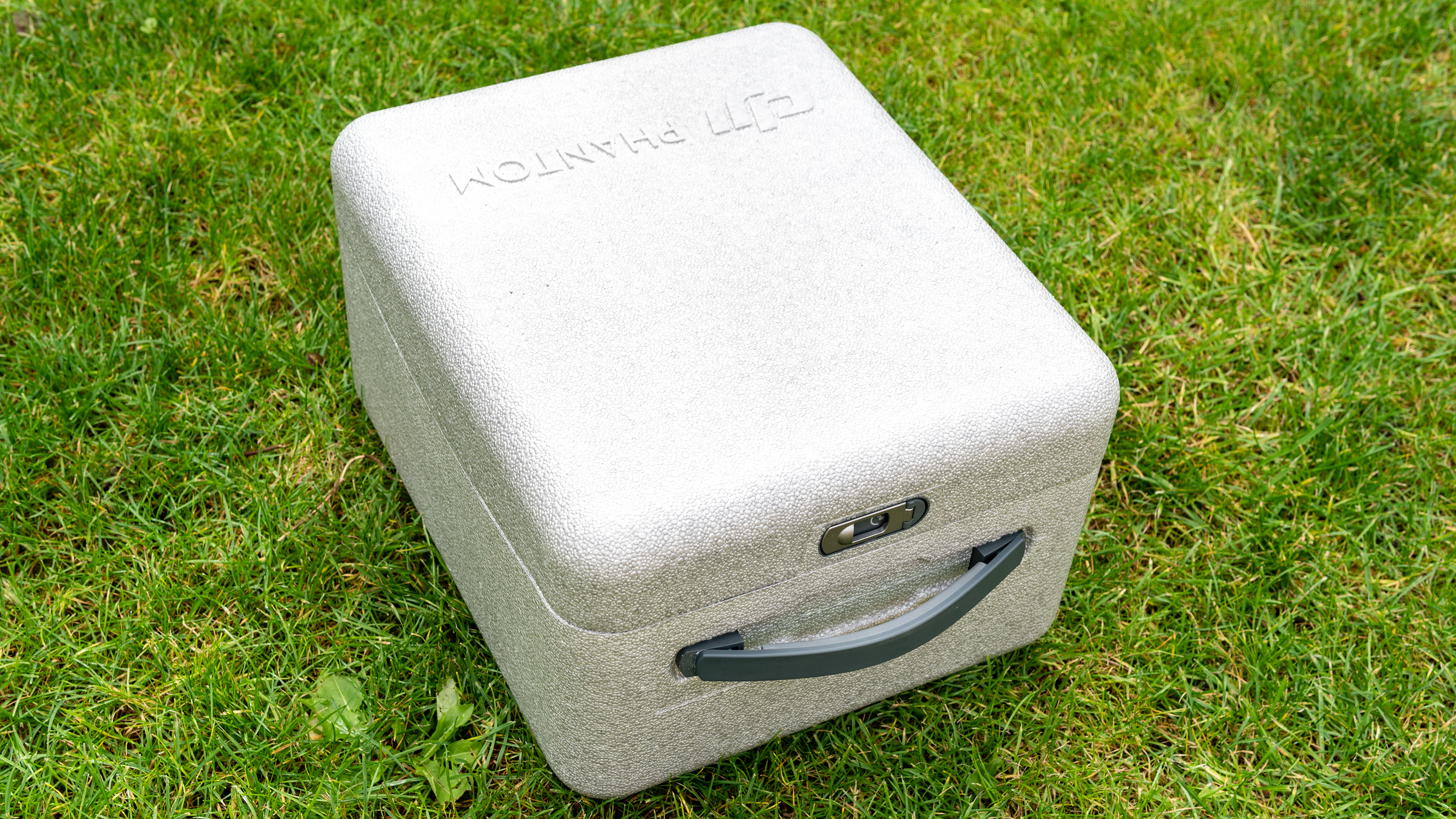
At 251×398.78×172.72mm the Phantom is large too, but fortunately comes with a handy polystyrene case with a carry handle (above) to hold everything you need for flying, and it's surprisingly comfortable to carry despite its size.
In flight, the Phantom handles well and provides up to 30 minutes of flight time up to a maximum speed of 72kph/45mph. The maximum transmission distance between the controller and aircraft is 8km thanks to OcuSync 2.0 technology, which is unusable due to drone laws around the world in which the majority specify that drones must remain within 500m of the drone pilot while also within visual line of sight. Still, this signal strength means that, within this range, the connection is robust.

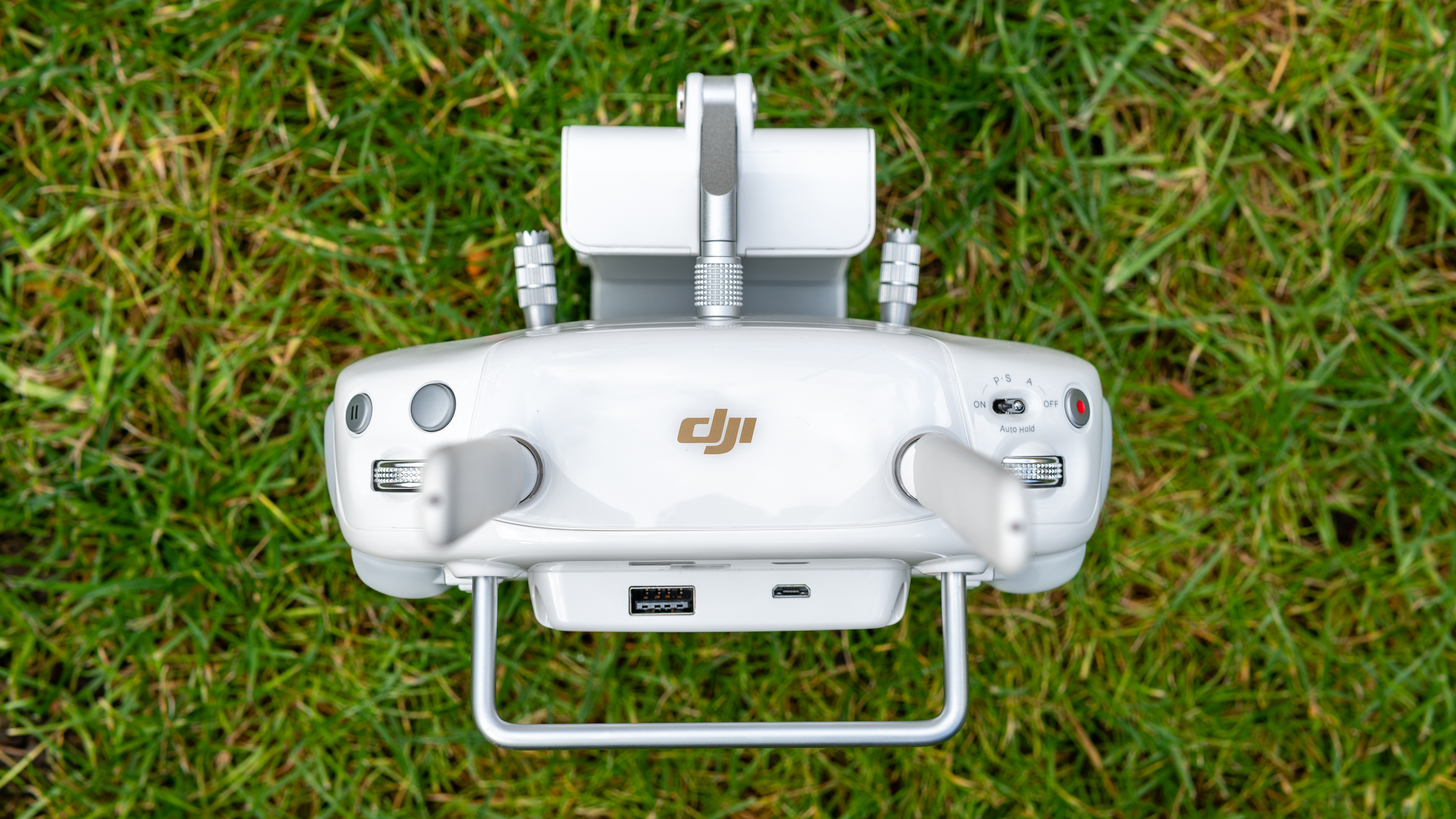
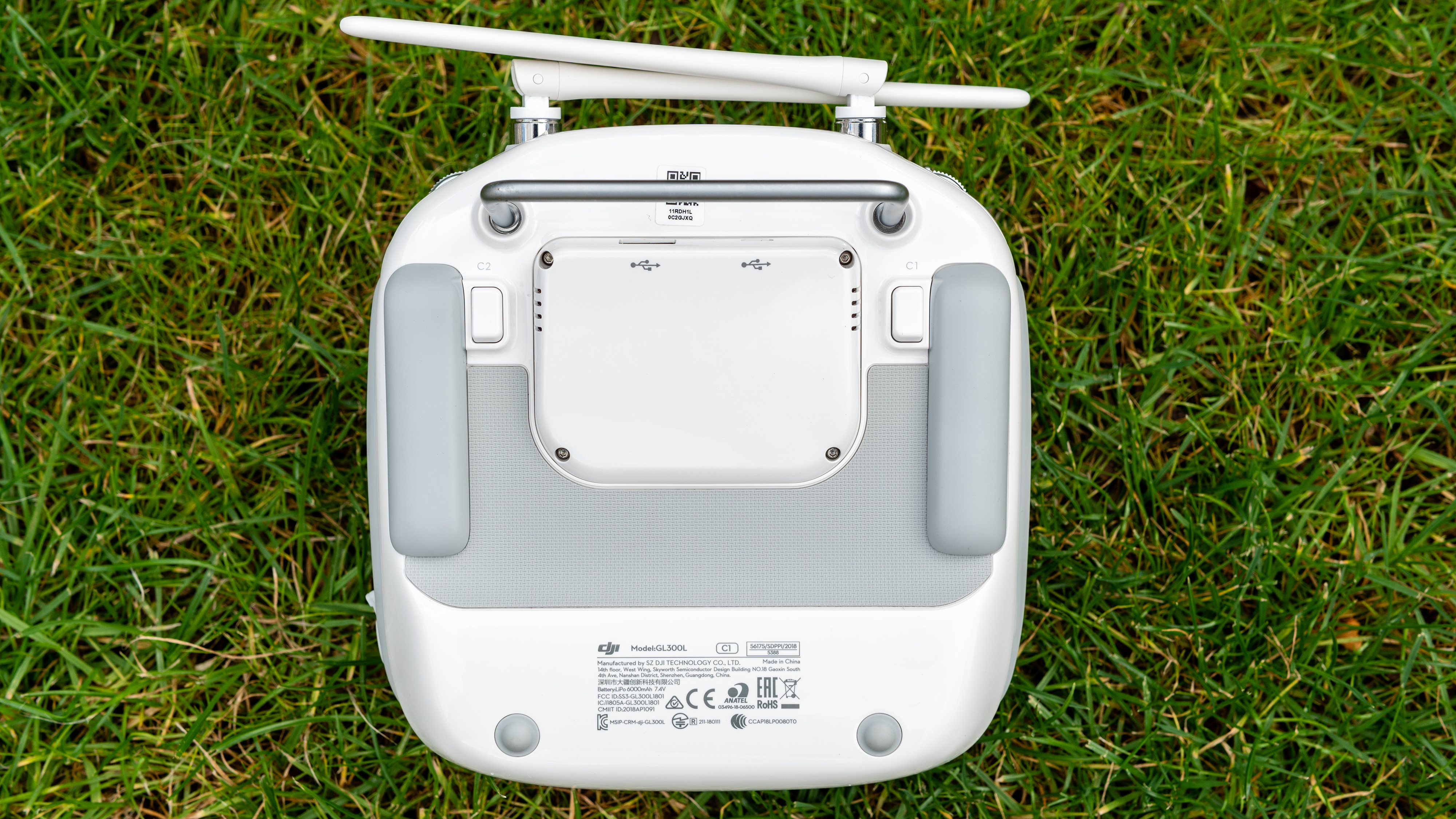
The controller itself is rather large and in some ways resembles a traditional radio controller unit, but unlike the latter it has a clean white design, plus a phone and tablet holder on the front of the controller. The phone/tablet holder is extremely versatile and can comfortably hold any smartphone and tablets up to 10-inches in landscape format.
The size and weight of the controller balances well with tablets which, of course, provide a larger view of the DJI Go 4 app that’s used to adjust settings and to control the Phantom’s camera. The controller also provides several direct access buttons and customizable buttons, so the camera and certain drone settings can be quickly adjusted without the need to use the app.
The Phantom 4 Pro V2.0 is extremely responsive with sensitive controls that must be used with care to ensure smooth flight during video recording. With Mavic models, you can fly smoothly using just your thumbs to control the control sticks, but with the Phantom it’s essential to use the thumb and index finger ‘pinch’ because this method provides much more control. It’s not a problem at all, but something to be aware of if you’re used to flying less responsive drones.
Should I buy the DJI Phantom 4 Pro V2.0?

Buy it if...
You need 4K video at 60fps
The Phantom 2 Pro V2.0 is capable of capturing 4K/60fps video at 100Mbps in the D-Log colour profile, which is ideal for professional aerial videographers.
You need a mechanical shutter
When shooting video, mechanical shutters avoid the problem of rolling shutter. This is a problem associated with digital shutters that scan the scene rather than capturing it as a whole.
Need to shoot high-quality stills
The 20MP 1-inch sensor capable of shooting Raw files in DNG format provides photographers with higher image quality than smaller sensors and a huge amount of control when processing images.
Don't buy it if...
You want a small, lightweight drone
The Phantom Pro 4 V2.0 is a large and heavy drone compared to Mavic series drones, so it’s nowhere near as comfortable to transport to locations off the beaten track.
You're a drone beginner
While the Phantom offers features to help beginners get used to flying the drone, the Mavic Air 2 is much more suitable for drone newbies and even easier to fly.
You're on a tight budget
At £1589 for the basic kit, the Phantom Pro 4 V2.0 is one of the more expensive models in DJI’s prosumer drone line-up, with other models available at much lower prices.
- These are the best DJI drones you can buy right now
James Abbott is a professional photographer and freelance photography journalist. He contributes articles about photography, cameras and drones to a wide range of magazines and websites where he applies a wealth of experience to testing the latest photographic tech. James is also the author of ‘The Digital Darkroom: The Definitive Guide to Photo Editing’.
